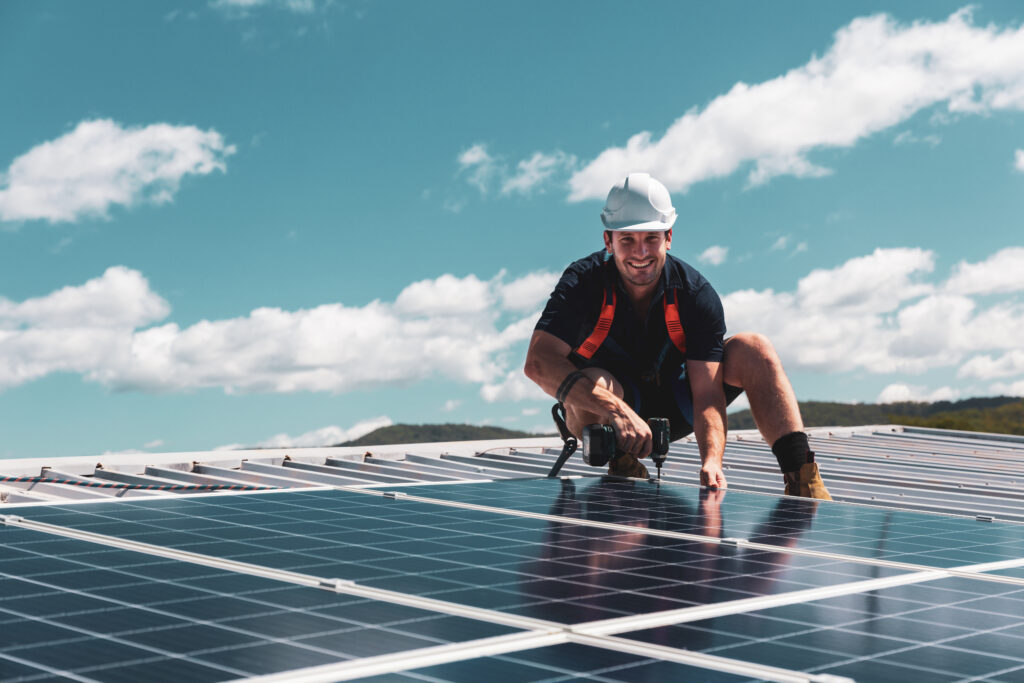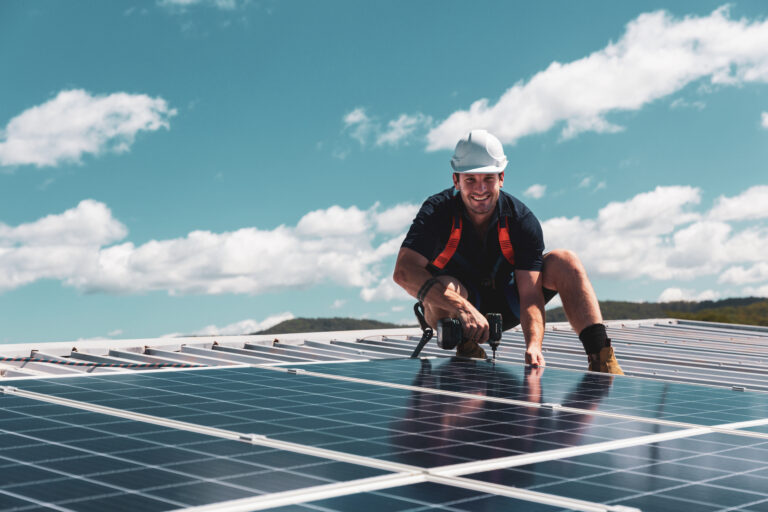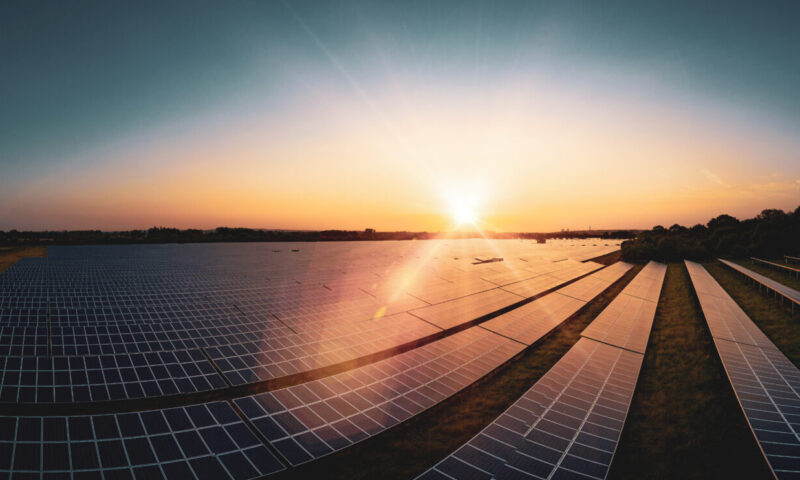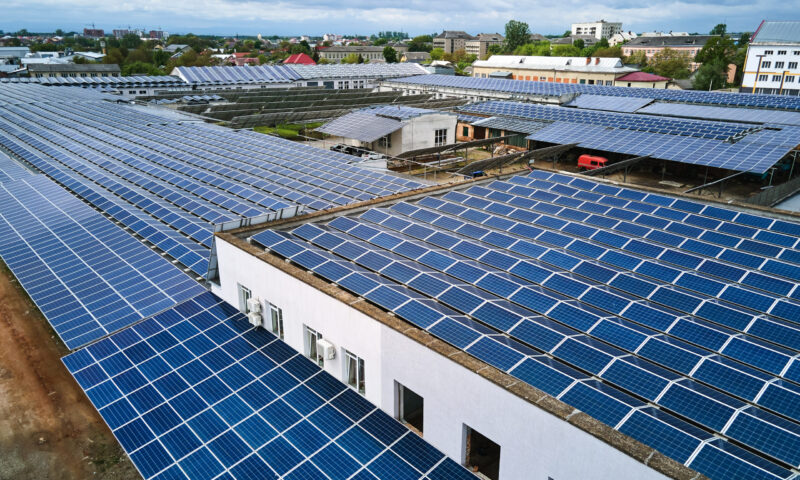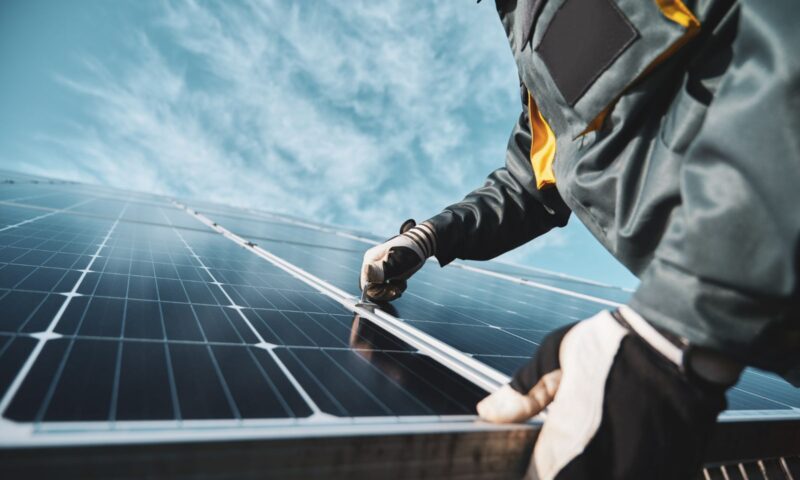One of the easier types of installation due to the fact that although the rafters must be located in order to screw the structure into them, it does not require dismantling the covering. Drill holes are made directly in the metal roofing tile and double-threaded screws are inserted, which should contain gaskets to prevent roof leakage. In practice, apart from the standard gasket, silicone is sometimes used to additionally secure drilled holes. Then the adapter is mounted to which the aluminum rails are directly attached. After leveling the entire structure, the panels are mounted on the rails using clamps.
These three installation versions have one thing in common – after properly positioning the panels, you need to arrange the electrical installation and run the cabling to the inverter. Please also remember that the panels can be installed in two variants: horizontally and vertically. Horizontal installation, however, requires more supporting structures, which increases the price of the entire installation and increases its weight due to additional elements. For the same reason, horizontal installation requires slightly more time than vertical installation.
The method of mounting photovoltaic panels depends on the size and type of system used. Therefore, before installing photovoltaic cells, a detailed assembly diagram should be developed. For this purpose, you need an assembly manual that will be used to calculate the exact number of elements that the entire system should contain. Then it is necessary to plan the arrangement of each element. Importantly, the installations differ, so it is important where they are installed. Although it is obvious, we would like to remind you that after unpacking the self-assembly kit, check whether it contains all the required elements. When entering the roof and working with electricity, be sure to follow health and safety rules!
